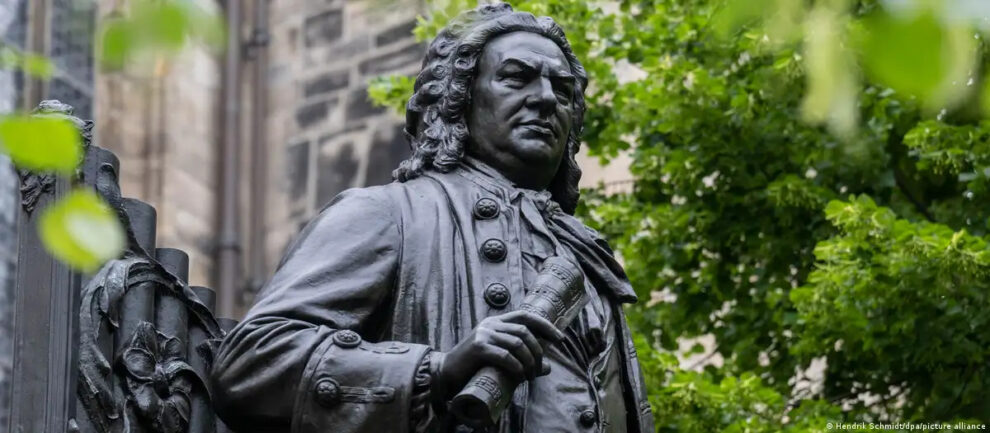Johann Sebastian Bach had an explosively productive year when he started working as Thomaskantor in Leipzig.
The date: May 1723. The job: Thomaskantor, or music director of St. Thomas Choir. The man: Johann Sebastian Bach.
The cantatas that the Baroque composer wrote during his first year on the job in Leipzig are some of his finest and most beloved. He not only composed cantatas for the weekly mass but also passions, oratorios and motets for various festive occasions. To ease his workload, he repurposed earlier compositions, changing them and setting them with new instrumentation. These made up one-third of the cantatas, both religious and secular, that he composed from 1723-24. The remaining two-thirds were entirely new compositions.
At the 2023 Bach Festival in Leipzig, conductors Ton Koopman and Philippe Herreweghe, two renowned Bach specialists, presented some of their favorite cantatas from this productive year in Bach’s life.
The old becomes new
One of Bach’s most performed cantatas today is one that he reworked during his early days as Thomaskantor. It’s “Christ lag in Todes Banden,” or “Christ lay in the snares of death,” and Bach probably wrote it in 1707 or 08, making it one of his earliest.
It adheres to the straightforward cantata style of the 17th century: You take a chorale, in this case a song by church reformer Martin Luther, and then vary the instrumentation and melodies with every strophe.
Another example of his reusing works is the Easter cantata “Erfreut euch, ihr Herzen,” or “Rejoice, you hearts.” Bach had originally written it for a prince as a secular New Year’s piece. Such repurposing is known as a parody — that is, taking a secular cantata, inserting a new text about Christ’s Resurrection and making some changes to the music and instrumentation.
These are just two of the numerous cantatas are featured in today’s show and were recorded live on June 10 and 11, 2023, in Leipzig’s St. Thomas Church, during the Bach Festival in Leipzig.
Bach’s amazing productivity
Bach’s productivity and resourcefulness never ceases to amaze Belgian Bach expert and conductor of the Collegium Vocale Gent, Philippe Herreweghe:
“I gather that Bach had one day to write such a cantata. He then had to copy it and perform it without a single rehearsal. I used to not understand how Bach was able to get his choir to perform this very difficult music basically without any rehearsals … But composing something like these cantatas is also a matter of routine. I can well imagine how a genius like Bach could have had a whole opening chorus in his head.”
Herreweghe’s favorite Bach cantata is “Jesus schläft, was soll ich hoffen,” or “Jesus sleeps; what hope have I.” It relates one of Jesus’ greatest miracles: the calming of a violent storm.
The setting is dramatic: While crossing the Sea of Galilee by boat, Jesus’ disciples get swept up in a storm. They fear for their lives, as Jesus sleeps peacefully away. Terrified, the disciples wake him up, and he calms the storm. The rough sea, the fearful souls and the rocking boat are all depicted textually and musically.
“It’s the most operatic music one can imagine. The strings serve as the waves, and the tenor has to unleash a coloratura storm. It’s unbelievable, such gripping music — just wild!” says Herreweghe.
Early music: It’s just what you play, but how
Along with Herreweghe, Ton Koopman is another prominent figure in the world of historic performance practice. In fact, he’s conducted, performed and recorded every single Bach cantata — that’s a lot!
Koopman founded the Amsterdam Baroque Orchestra in 1979; the partner choir followed in 1992. The ensembles’ members are internationally renowned early music specialists who play on historic original instruments or reconstructions. But historic performance practice isn’t just about what you play on; it’s also about how you play: Its practitioners make music in the way that was typical at the time in terms of style and expression.
Source : DW















